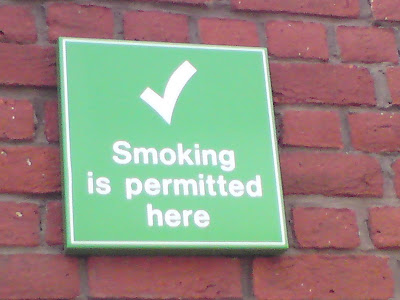Camra cannot find enough candidates for design prizes as public houses close at record rate
For the first time in more than 25 years, most of the annual Campaign for Real Ale's pub design awards will not be presented today – because in the crisis gripping Britain's pubs there simply aren't enough worthy candidates.
A handsome Victorian gin palace in London, a Wiltshire venue given a gastropub update, and a shiny steel and glass microbrewery in Reading will share the honours - but that's it.
No awards are being made for conversion to pub use, for the conservation prize sponsored by English Heritage, or for the category best loved by Camra members, the best traditional corner pub.
Traditional pub, you say? Is that the kind of pub which was about to reap mega-profits, according to CAMRA chief Mike Benner, just two short, carnage-ridden years ago?
Millions will return to the Pub after Smoking Ban - 20/02/07
CAMRA Chief Executive Mike Benner said: “This survey shows that non-smokers will be attracted to pubs after the ban comes into force, and many of them would like to find a real ale waiting for them when they get there.
“The smoking ban will be a difficult transition for licensees, but it is encouraging that only 3% of people surveyed by CAMRA said they would not visit pubs at all as a result of the ban. The key will be to ensure that other factors such as quality of real ale, food, atmosphere and welcome are all superb. If this is the case then the traditional Community Pub will have a bright and healthy future.”
It's up there with Michael Fish saying that umbrellas won't be needed, isn't it?






















